Is Your Nonprofit Ready for AI? What the Latest Research Says
Nonprofit organizations are wrestling with what AI means for their missions. There’s growing curiosity and experimentation—but also uncertainty, concern, and a lack of clear policies to guide responsible use.
That’s one of the key messages from the AI Equity Project 2025 Report by Namaste Data. Now in its second year, the study is even bigger, collecting responses from 850 nonprofits to provide a more comprehensive look at how AI is shaping the sector across the U.S. and Canada.
As Giving Compass CEO Dale Nirvani Pfeifer explains in the report,
“The sector has momentum, but it needs scaffolding. Without governance frameworks and capacity-building, nonprofits risk building an AI future on shallow foundations—talking about equity without the structures to practice it.”
What is AI Equity?
While 58% of the nonprofits in the survey were familiar with data equity, the term AI equity is still relatively new. Report authors define it as: the ethical development, deployment, and use of AI systems that prioritize fairness, inclusivity, and justice, especially for historically marginalized or underserved communities.
Characteristics of AI equity include:
- Transparency
- Accountability
- Participation
- Minimal harm with maximum benefits for all demographics
Understanding AI equity clearly, helps us in the sector adopt AI in ethical and mission-aligned ways.
How Nonprofits Can Use the AI Equity Project Report
The nonprofit AI mindset today can be characterized by a combination of caution and curiosity. The report finds that many organizations are using AI at an accelerated pace. Yet key foundational supports, including policies, training, and funding, are often missing.
Every organization will move at its own pace, and that’s okay. What matters most is building readiness ethically and intentionally. Instead of seeing AI adoption as a race with a finish line, think of it as a practice that evolves over time.
The report can serve as a mirror and map for your organization:
- Where do you see yourself among these findings?
- What gaps in policy, training, or resources might you need to fill?
- How might you collaborate with peers, funders, or developers to build collective capacity?
Used this way, the AI Equity Project Report becomes more than a study—it’s a framework for reflection and growth.
Key Findings for Nonprofits
The report explored data equity practices, readiness for AI, ethical considerations, and the supports needed for capacity-building. Here are three findings that stand out:
- Curiosity is High
A majority of nonprofits (65%) are interested in AI. But that interest comes with questions. Among survey respondents, 32% don’t see how AI connects to their mission and only 9% feel ready to adopt it responsibly. This signals an opportunity shared learning and training across the sector. - Significant Concerns About Equity
AI’s potential to both reduce and reinforce inequities is top of mind. Over half of survey respondents worry AI could increase harm for already-marginalized communities. Yet, only 6.9% of nonprofits currently have internal policies guiding AI use. The takeaway: curiosity must be matched with governance and intentionality. - A Desire for More Support
Most nonprofits see specific benefits of AI, including reducing workload and improving communications (70%). But the support to take advantage of these benefits is limited.Sixty percent cite a lack of in-house expertise, and only 3.8% have any AI-specific training budget. Building capacity across all nonprofits will require investment and collaboration from across the ecosystem.
What Nonprofits Can Do Next
The AI Equity Project offers a number of ideas and action steps nonprofits can take to reflect on their AI readiness and expand their adoption with equity in mind. What’s clear is that we don’t have to walk this path alone. From shared learning spaces and open-access AI resources to fellowships amplifying underrepresented voices, there are many opportunities for the sector to come together an support each other.
The work is not just for nonprofits either. Funders, technology developers, and policymakers and sector advocates can also lean in. The report outlines spectific action steps for them as well.
The best way to get started is to download and read the full report. It can offer great reflection points for your next team or Board meeting.
AI as an Opportunity for Visibility and Trust
AI isn’t just an internal tool—it’s changing how donors discover, evaluate, and engage with organizations. By investing in thoughtful AI policies, staff development, and open conversations you’ll demonstrate your organization’s forward-thinking and trustworthiness. In an AI-driven world, that will matter to donors, funders, policymakers, and more, positioning your nonprofit to create even more impact.
